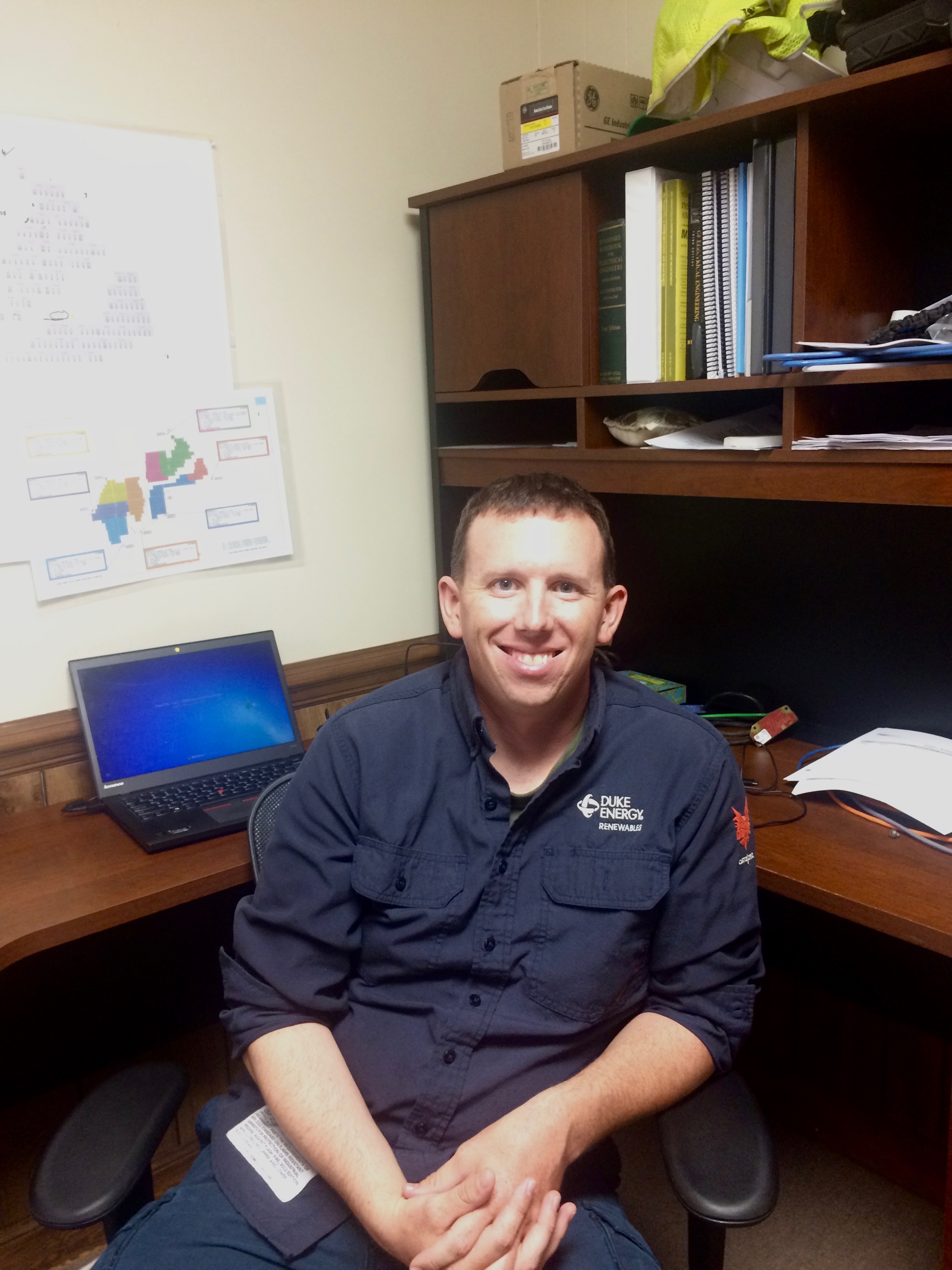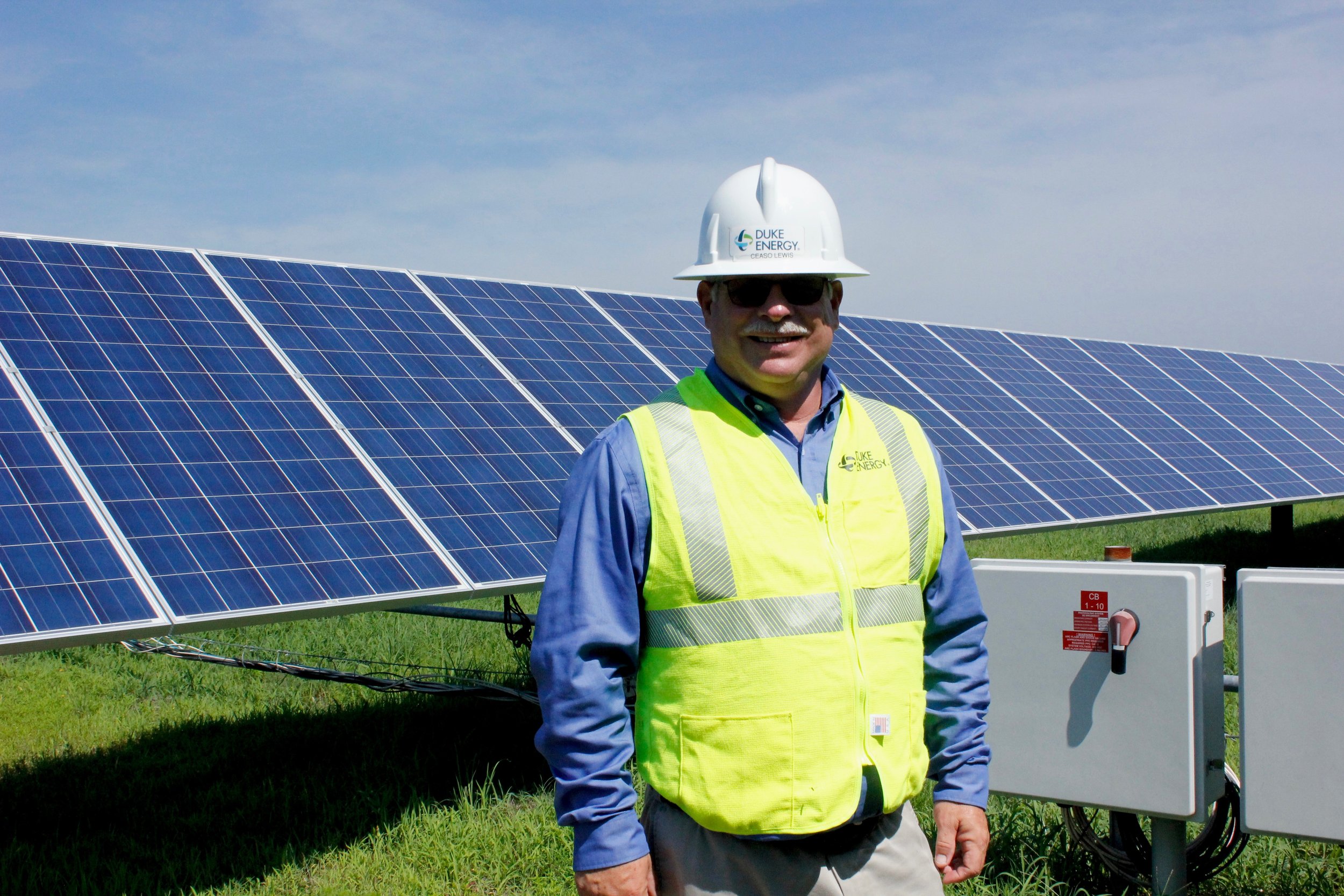Women in the Mines and the Age Old Story of Sexual Misconduct in the Workplace
I am standing at my desk in my new home office pondering what to write about. There are boxes all around me: returns to Best Buy and Amazon for the office technology that didn’t quite fit; thank you notes to send out; and an open box of books to return to a kind inn owner who lent them to me during my stay in West Virginia.
A photo of a grime covered face with a hard hat and pig tails smiled up at me. She was holding a fresh faced curly haired young child in her arms. The cover of “Women in the Mines: Stories of Life and Work” by Marat Moore caught my eye, mind and heart.
There is probably no moment more pertinent to this book than today. Flip to any news source and you'll hear stories of sexual misconduct in the workplace, and public figures resigning and being fired for inappropriate and illegal acts. In wake of the number of cases of sexual harassment that have come into the public light, and the rise of the #MeToo movement, I realized now is exactly the time to write about women in the mines. Women who endured, persevered and disrupted. Misconduct is rampant, in nearly every workplace, and so too, in the mines.
Moore writes about the 1970s coal boom, and an increase of good paying jobs accompanied by affirmative action policies which led to an insurgence of women in the mines over the next decade. According to West Virginia records of new hires, women represented .0015% of new coal miners hired in 1973. In 1989, they represented 8.1% of new hires, a growth of nearly 5400% in 16 years (Moore, 331).
Moore relays oral histories from those women who worked in the mines. There are varied stories of different attitudes that women experienced, but sexual harassment at a minimum was consistent. Talk about workplace conduct- Can you imagine what it must have felt like to be in an underground mine, literally trapped beneath the earth in soot and fume filled conditions for hours on end? Underground coal mining is laborious, dangerous work in particularly unsound working conditions. Unwanted sexual advances or abuse is horrific in any work place. Combine the two and the situation looks bleak. Sexual advances in the coal seam, a male dominated, tightly constrained environment, presents a new perspective of workplace challenges that are multifaceted, pervasive and, in some cases, as suffocating as the seams themselves.
A Men’s club, reinforced
Men behaved poorly and blatantly crossed boundaries, and women were on the receiving end. One woman recounted how her superiors had drilled holes in the women's bathhouse to watch the women as they changed clothing. This was after they fought to get a bathhouse and portable potties in the first place.
On any given night many women would stay up in the evening to be with their children, drive sometimes hours to get to the mine and work the overnight shift. One woman recounts how men drew images of her in the underground coal mine, and how she suddenly became aware of her big bust which she had never been aware of before. Another woman recalls how moved to the community and was excited to work in the mines. However, she was taken aback by the stigma of being a woman coal miner, and the outright hate that she faced. Even the local priest spouted a sermon directed at her to reinforce a sense of shame and immorality around women in the mines. The women of the mines became a common scapegoat- men and non-mining women would spew rhetoric we still hear today. "They’re taking our jobs," the jobs of fathers, brothers and husbands. There were accidents in the mines that were intentional acts (see photo with quote below from an African American female miner), but reported as accidents. There was a double standard for women who chose to take legal action. If women reported claims to the union, all of a sudden they were considered a "union sister," who betrayed the institution. They continued to be shamed, harassed or attacked for reporting on a fellow “union brother."
"They would take my bucket, or my jacket, and they would put them in a hangman's noose, to give me a message. ....I found out later he was planning to run me down and make it look like an accident" (Moore 131).
The Good fight- Mechanisms & getting crafty
There were some really bad stories.
Still, one woman saw the overnight mining shift as a better option to support her family compared to working two or three jobs to barely make ends meet. While many women didn’t last very long in the mines, either due to serious injuries from accidents (unintentional or intentional), there were some women who worked up to 15 years underground. And they found some mechanisms for fighting harassment.
Some of the women miners found utility in women outside of the mines, women that did have an impact on the men’s lives: their colleague's wives. One woman threatened to tell a fellow miner's wife they were having an affair if the harassment continued, which was effective at shutting him up. Another called a wife directly who got through to her husband about the harassment and he ultimately refrained.
Allies-
1. Friends in the Mines- Supporters on the Job
Some men were protective and served as kind, true friends. At one mine whenever images were drawn of a woman miner, one African American male miner would rush to get down first and erase them before she arrived. I can only guess his actions were driven by a true understanding of what it meant to be a victim of hate and discrimination, but he was still in a position to help. Today he would be what we would consider an ally.
Another woman recalls:
“’I was surprised, because the old-timers took care of me and I had trouble with the young ones. Everybody told me it would be the old-timers who would give me a rough time because they didn’t want women in the mine. But they put me under their wing and took care of me. I think they were raised to take care of women.’”
2. Family- male relatives that also worked in the mines
Having a brother, father or cousin working at the same mine helped to stop or minimize harassment. In some cases fights broke out when a miner would come to a woman's defense.
Legal mechanisms & Support-
I was excited to see legal action discussed and taken through multiple channels. Women miners joined the union, the United Mine Workers of America (UMWA) and took up proceedings against fellow union members. This had mixed success.
Women also bound together to start supporting each other. Some miners gained the confidence to take ownership of their positions in the mines and speak up. Betty Jean Hall founded and directed the Coal Employment Project (CEP). A 1978 NYTimes article entitled "Feminist Group Assails Coal Industry" discuss how Appalachian women sought out coal mining jobs, and found solace in the CEP support group.
“At CEP conferences, women miners found emotional support and developed concrete strategies to combat the problem. Coal Employment Project CEP surveyed women on their experiences of harassment and successful ways to respond, ad published guidelines for legal and contractual remedies” (Moore, xliii)
In one account a woman describes her behavior transformation. She described herself as a "nice girl" who was likable and hard working in the mines for the first five years of the job. During that time she was taken advantage of, given the shitty jobs, and generally speaking "walked all over." And then she decided to start saying how she felt, thinking for herself, and showing them up in exams. She used her knowledge instead of hiding it and gained credentials to back the "newfound outspokenness." Her outspokenness, conviction and sense of self enabled her to survive mentally in the position. She was able to put in her decades in the mines, working 15 underground.
today
We still have work to do on changing attitudes and creating an inclusive supportive culture in workplaces. A culture in which men respect women, and are not threatened by them. Where men enable and support women where they can, especially in situations where are they powerful and entitled.
Women are writing their own workplace guides, both aimed at behavior by women and men. The NYtimes now has a gender editor, Jessica Bennett, who is author of "Feminist Fightclub: A Survival Manual for a Sexist Workplace." (Buy it here; A percentage of your purchase will support Electric America).
This topic has been the theme of conversations among all my closest friends. And I've started talking to both the men and women in my life about how gender norms such as the idea that the male is the aggressor, and even outright sexism, is learned and embodied. That conversation is a starting point for how we can unlearn it, and adopt and act on different principles.
Compared to the 1980s, there are probably more allies and stronger legal mechanisms today on the whole. But not in all places. You better believe that an environment with predominantly one race or gender can feel as stifling as a coal mine. The oil and gas industries have been reported as less diverse the tech industry. Blaire Briody shares crude realities of her time as a reporter in a North Dakota oil boom town in 2017. Yet others have persevered and felt as the Women in the Mines did- that the economic opportunity outweighs the negatives.
Do you consciously think that your office is sexist? Probably not. We're not really conditioned to recognize and discuss it. But often times when diversity is lacking, prejudice finds space to breed. Even if you don't think it's a sexist work place, if there too many men and not enough women or other voices, especially in positions of power, it probably has those tendencies. A mentor once said to me “Diversity is extremely important in every scenario: in your boardroom, your investment portfolio, and in your energy basket."
Talking about and seeing energy field- coal mines, oil or gas wells, rooftops or wind farms, is a good place to start.
Finding allies, legal mechanisms, and cultivating diversity, and then letting those support systems give people the conviction to have hard conversations is how we move forward.
To read the complete stories of the Women in the Mines, and gain some new perspective on an age old theme, pick up a copy of Women in the Mines: Stories of Life and Work here (A percentage of your purchase will support Electric America).
I leave you with this from the inside cover of the book:
Coal Mining woman – a song by Hazel Dickens, an activist for miners’ rights.
“I’ve got the woman coal miner blues
Just like you, I’ve got the right to choose
A job with decent pay, a better chance to make my way
And if you can’t stand by me, don’t stand in way.”
We must work together to change the things that’s wrong.
For better conditions, we’ve waited much too long.
Health and Safety have to be a first priority,
And the change can only come through you and me.
Yes the change can only come through you and me.”






